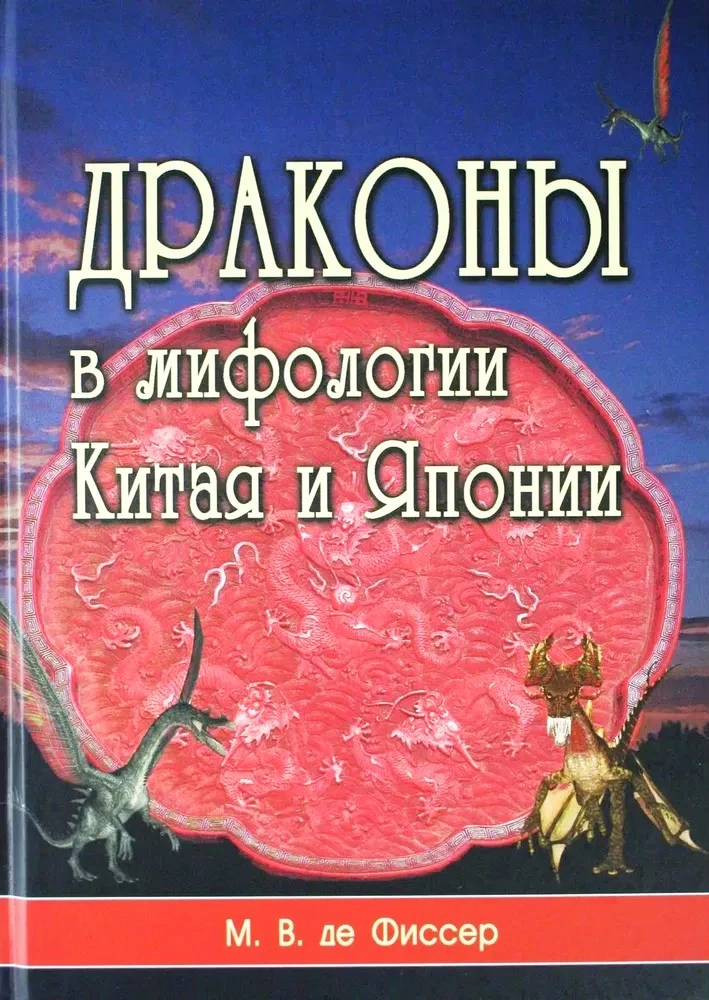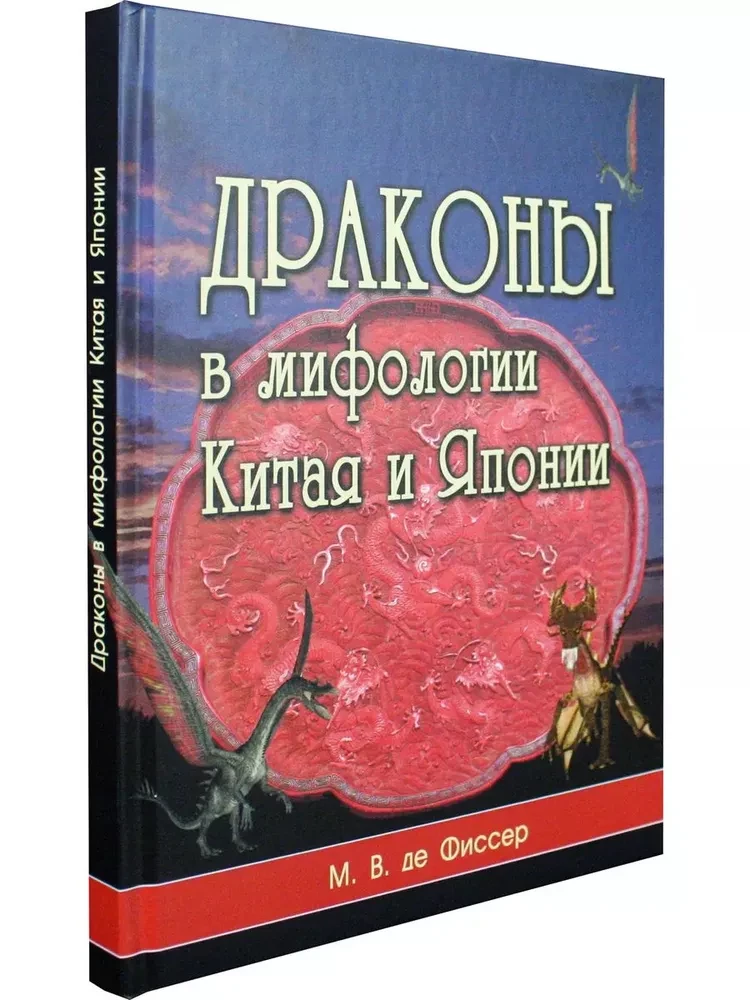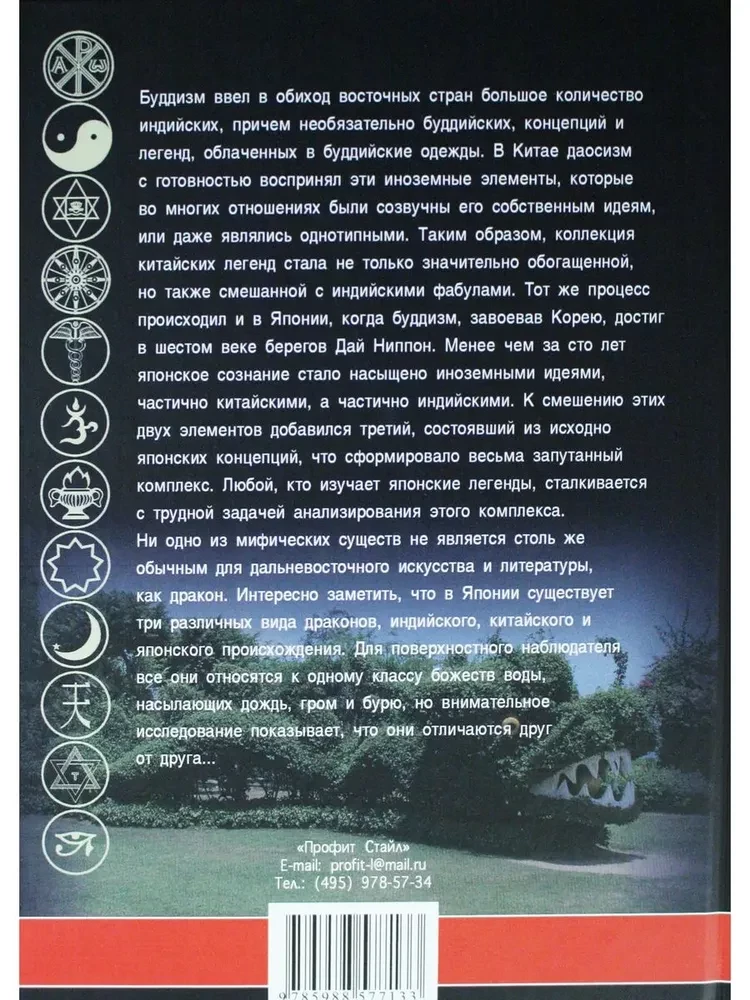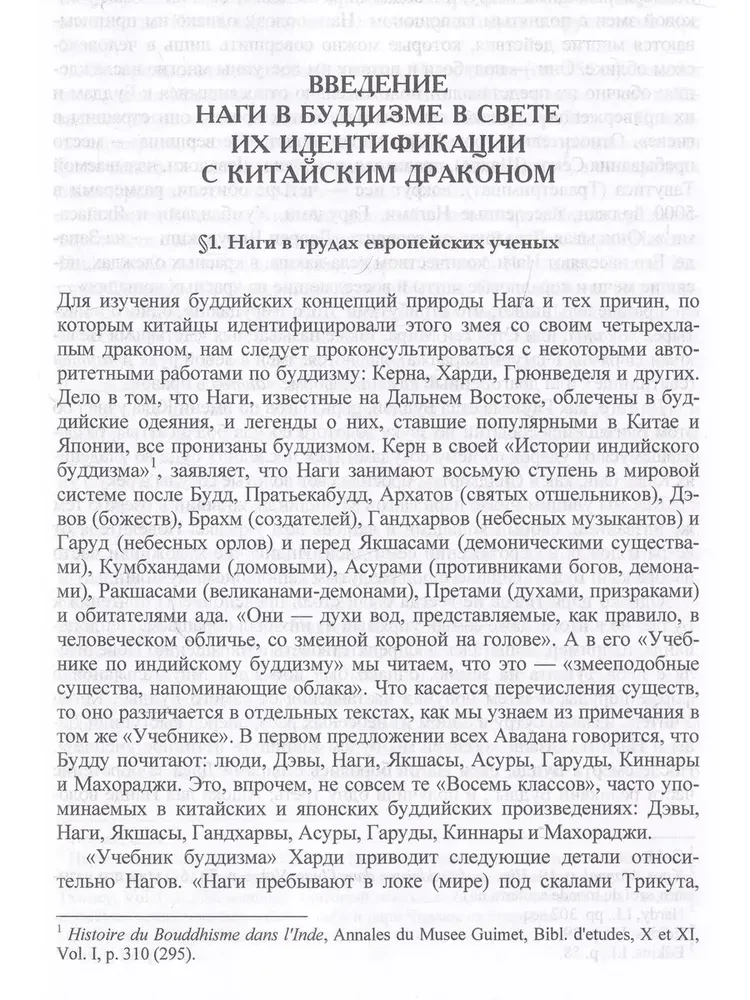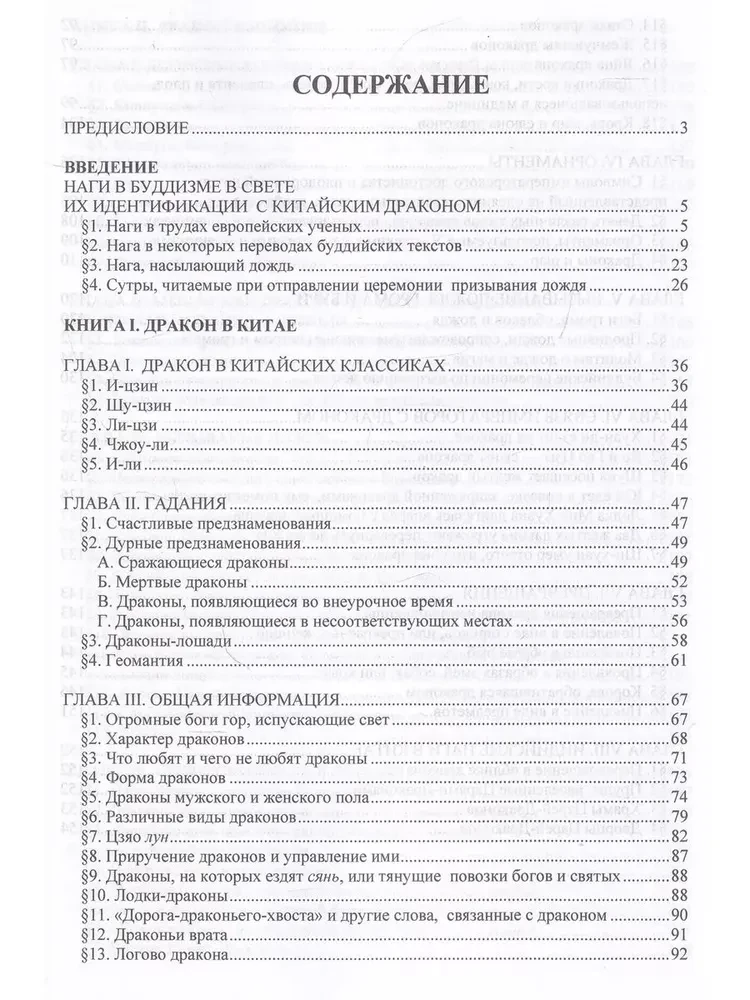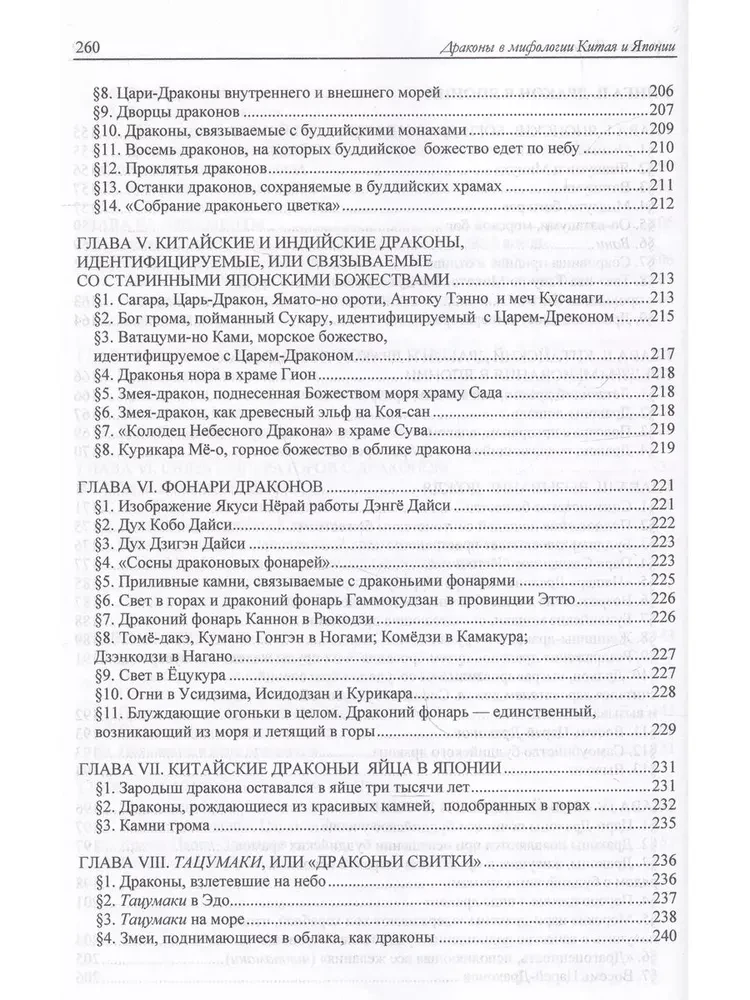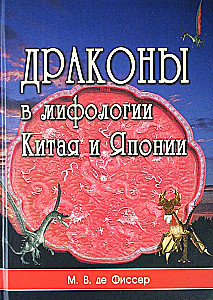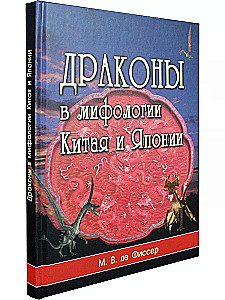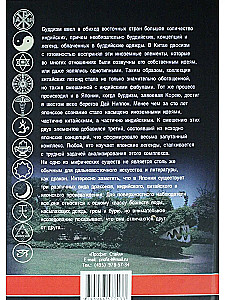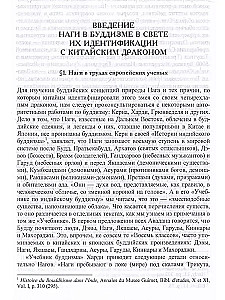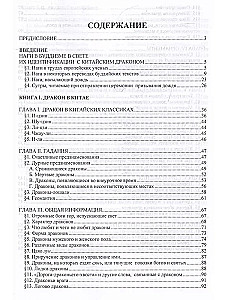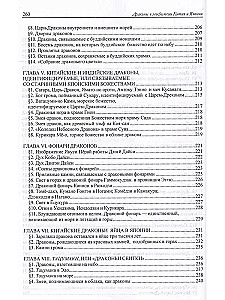Draakonid Hiina ja Jaapani mütoloogias
A researcher of Chinese and Japanese religion or folklore soon discovers the mighty influence that Indian thought has exerted on Far Eastern consciousness. Buddhism introduced into Eastern countries many Indian concepts and legends, not necessarily Buddhist, clad in Buddhist attire.... In China, Daoism readily embraced these foreign elements, which in many respects resonated with its own ideas, or were even similar. Thus, the collection of Chinese legends became not only significantly enriched but also mixed with Indian plots. The same process occurred in Japan when Buddhism, having conquered Korea, reached the shores of Dai Nippon in the sixth century. In less than a hundred years, Japanese consciousness became saturated with foreign ideas, partly Chinese and partly Indian. A third element, consisting of originally Japanese concepts, was added to the mixture of these two, forming a very intricate complex. Anyone studying Japanese legends faces the difficult task of analyzing this complex by its parts. None of the mythical beings is as common in Far Eastern art and literature as the dragon. It is interesting to note that there are three distinct types of dragons in Japan - of Indian, Chinese, and Japanese origin...
Autor: Мариус Виллем де Фиссер
Väljaandja: PROFIT-STAIL
Vanusepiirangud: 16+
avaldamise aasta: 2024
ISBN: 9785988577133
lehekülgede arv: 272
Suurus: 240х170х12 mm
Kaanetüüp: Hard
Kaal: 483 g
ID: 1688408
8 jaanuar (N)
tasuta
5 jaanuar (E)
€ 9.99
tasuta alates € 80.00
8 jaanuar (N)
tasuta
5 jaanuar (E)
€ 9.99
tasuta alates € 80.00
